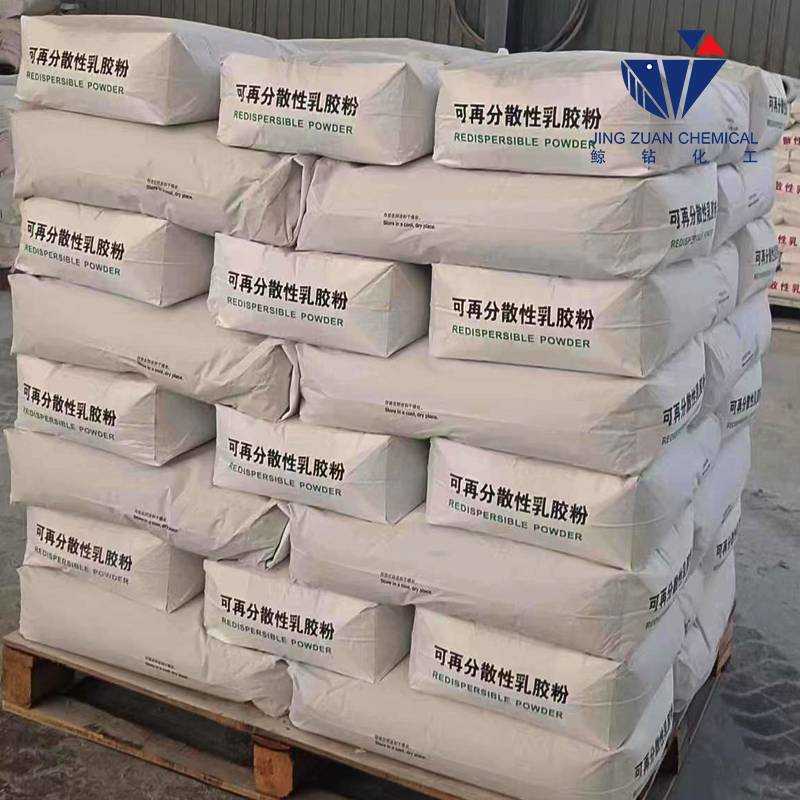
Jūl . 27, 2024 11:02 Back to list
Exploring the Applications and Benefits of Hydroxypropyl Methyl Cellulose in Various Industries
Understanding Hydroxypropyl Methylcellulose A Multifaceted Polymer
Hydroxypropyl Methylcellulose (HPMC) is a semi-synthetic polymer that belongs to a class of compounds known as cellulose ethers. With the CAS number 9004-65-3, HPMC is widely used across numerous industries, including pharmaceuticals, food, cosmetics, and construction. Its unique properties and versatility make it a valuable ingredient in various applications.
Chemical Composition and Properties
HPMC is derived from natural cellulose, which is extracted from wood or cotton. The process involves the modification of cellulose by reacting it with propylene oxide and methyl chloride. This chemical alteration introduces hydroxypropyl and methyl groups into the cellulose structure, resulting in a substance that is soluble in water and exhibits a range of rheological properties. HPMC is available in different grades, characterized by its viscosity, degree of substitution, and solubility in water.
One of the most remarkable properties of HPMC is its thickening and gel-forming capability. This allows it to modify the flow characteristics of liquids, making it a crucial ingredient in many formulations. Furthermore, HPMC is recognized for its stability in various pH environments and compatibility with other additives, which enhances its functionality in diverse products.
Applications in Pharmaceuticals
In the pharmaceutical industry, HPMC plays a pivotal role in drug formulation. Its ability to form gels and control the release of active pharmaceutical ingredients makes it especially valuable in creating sustained-release oral dosage forms. HPMC can be found in tablets, capsules, and granules, where it not only acts as a binder but also aids in the controlled release of the medication over time.
Moreover, HPMC is frequently used in ocular preparations, such as eye drops, due to its biocompatibility and ability to retain moisture. It serves as a lubricant and helps alleviate symptoms of dry eyes, making it an essential ingredient in many ophthalmic products.
hydroxypropyl methyl cellulose cas number

Food Industry Applications
In the food sector, HPMC is employed as a thickener, emulsifier, and stabilizer. It enhances the texture and mouthfeel of food products while maintaining their quality during storage. HPMC is commonly found in sauces, dressings, baked goods, and dairy products, where it helps improve viscosity and prevent phase separation. Its use is particularly valuable in gluten-free and low-fat products, where it can simulate the texture typically provided by gluten or fat.
Additionally, HPMC's ability to form foams and gels makes it an attractive option for creating low-calorie alternatives to foods. With the rising demand for healthier food options, the application of HPMC in reformulating traditional recipes has gained significant traction in recent years.
Cosmetic and Personal Care Products
The cosmetic industry also benefits from the unique properties of HPMC. It is widely used in skincare, haircare, and personal hygiene products. HPMC functions as a thickening agent in creams and lotions, improving texture and stability. Its film-forming properties contribute to the performance of hair styling products, providing hold and shine without making hair stiff or sticky.
Furthermore, HPMC is non-toxic and does not pose any significant risk to human health, which makes it a preferred choice for formulators focused on safety and efficacy.
Conclusion
Hydroxypropyl Methylcellulose (HPMC) exemplifies the transformative power of chemical modification of natural polymers. Its versatility across multiple industries—from pharmaceuticals to food and cosmetics—highlights its importance in modern formulation science. As research continues to explore new applications and technologies, HPMC's role in enhancing product performance and consumer satisfaction is likely to expand even further. Whether used to deliver medications, improve food texture, or enhance cosmetic formulations, HPMC remains an essential compound in various sectors.
-
Versatile Hpmc Uses in Different Industries
NewsJun.19,2025
-
Redispersible Powder's Role in Enhancing Durability of Construction Products
NewsJun.19,2025
-
Hydroxyethyl Cellulose Applications Driving Green Industrial Processes
NewsJun.19,2025
-
Exploring Different Redispersible Polymer Powder
NewsJun.19,2025
-
Choosing the Right Mortar Bonding Agent
NewsJun.19,2025
-
Applications and Significance of China Hpmc in Modern Industries
NewsJun.19,2025







